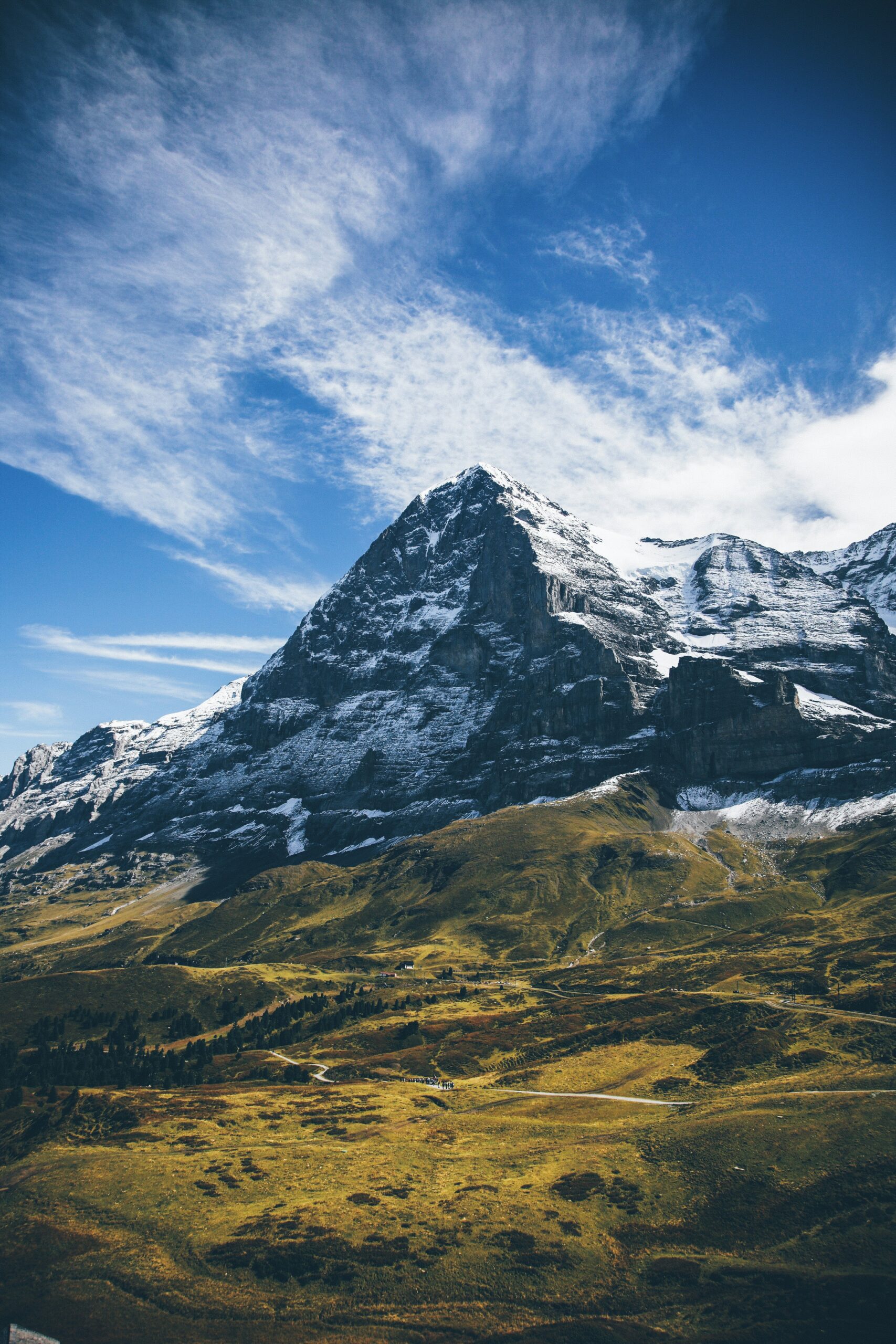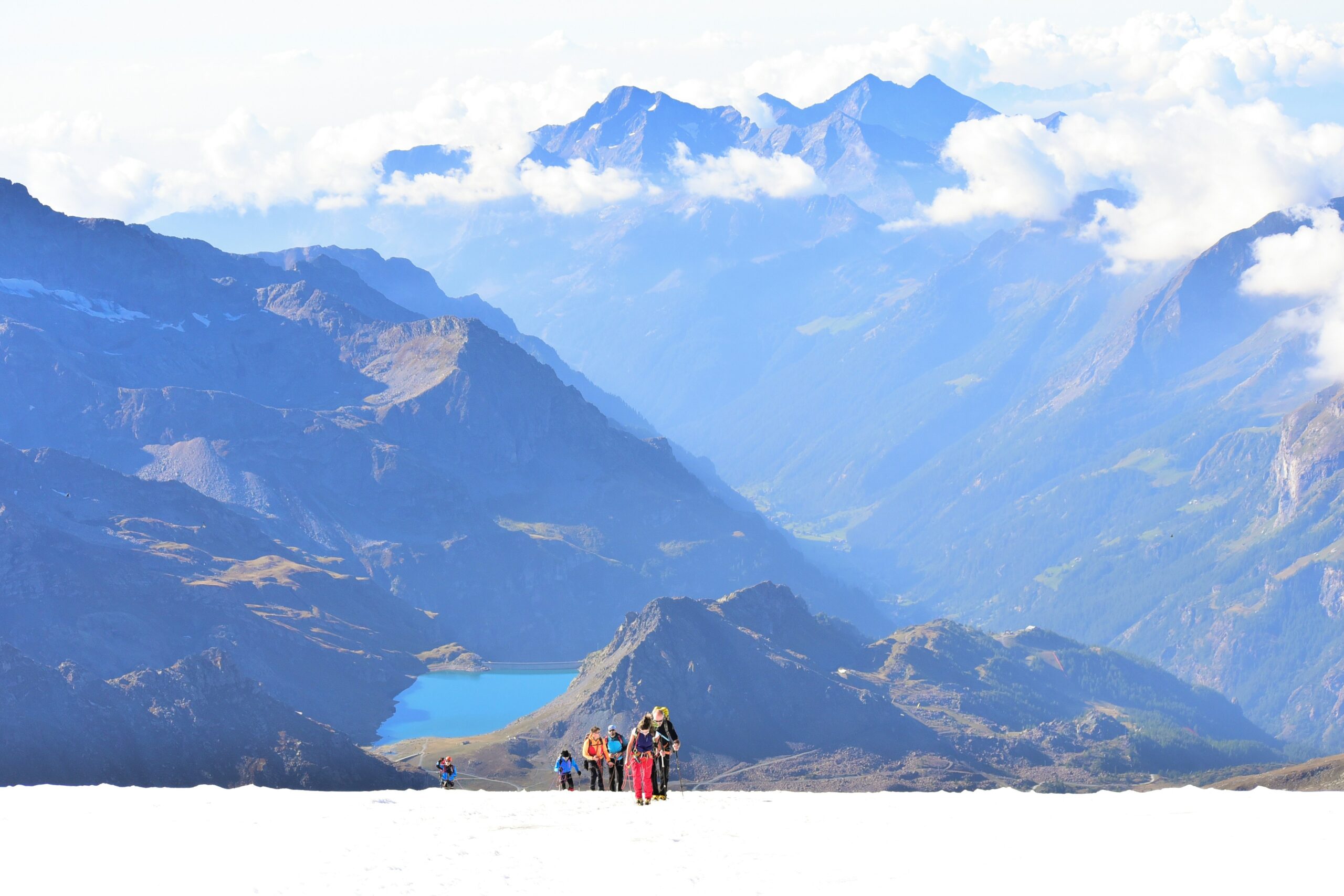Have you ever wondered what it would feel like to scale the face of a frozen waterfall or ascend a majestic ice wall, defying gravity while surrounded by stunning winter landscapes? If you're someone who thrives on adrenaline and seeks to push your limits, an ice climbing adventure might just be your next big thrill. This guide will take you through everything you need to know to prepare for and embark on an exhilarating ice climbing journey. So, buckle up your harness and get ready to venture into a world where ice and heights come together.

Understanding Ice Climbing
Ice climbing is an adventure sport that involves ascending ice formations, such as frozen waterfalls, icefalls, or cliffs with solid ice structures. It's a blend of rock climbing, mountaineering, and pure strength, demanding not only physical prowess but mental agility and strategic planning.
Types of Ice Climbing
Ice climbing can be broadly categorized based on the terrain and conditions:
-
Alpine Ice Climbing: This takes place in mountainous areas, where climbers encounter ice and mixed routes involving snow, rock, and ice. It requires mountaineering skills.
-
Waterfall Ice Climbing: This is the most popular form and involves climbing frozen waterfalls. The challenges include variable ice conditions and steep pitches.
Understanding the variations can help you decide which type of ice climbing experience aligns with your skills and expectations.
Essential Gear for Ice Climbing
Proper gear is crucial, not only for your safety but also for the overall enjoyment of your climb. Having the right equipment will make your ice climbing experience more rewarding and less daunting.
Ice Climbing Equipment Checklist
Let's break down the essential gear you'll need for your ice climbing adventure:
| Equipment | Description |
|---|---|
| Crampons | Spikes that attach to your boots, providing the grip and stability needed for walking on ice. |
| Ice Axes | Sharp tools used for anchoring and climbing ice surfaces. |
| Harness | Safety gear worn to tie yourself into the climbing rope for protection against falls. |
| Climbing Ropes | Dynamic ropes ideal for absorbing the energy of a fall. |
| Helmet | Essential for protection against falling ice and accidental bumps. |
| Ice Screws | Used as removable anchor points when climbing vertical ice. |
| Belay Device | A device used to control the rope during a climb, essential for maintaining safety. |
| Quickdraws | Used to attach your rope to anchored ice screws conveniently. |
| Layered Clothing | Clothing that provides warmth, is water-resistant, and allows for easy movement. |
| Gloves | Insulated gloves for warmth, with additional protection for handling ice axes and cold surfaces. |
Acquiring the right gear is key to ensuring safety and maximizing enjoyment. Don't compromise on quality, especially when it comes to safety equipment.
Training and Preparation
Before you set foot on icy terrain, it's imperative to prepare through physical training and skill development. Ice climbing is demanding and requires a combination of strength, balance, and technique.
Physical Conditioning
Building your physical fitness is essential. Focus on:
- Cardiovascular Endurance: Activities like running, cycling, or swimming improve stamina.
- Strength Training: Target muscle groups used in climbing, including grip strength, core, and upper body.
- Flexibility: Incorporate yoga or stretching exercises to improve your range of motion.
Consistency in your training regimen will enhance your performance and reduce injury risk.
Skills Development
Join a climbing gym or take lessons from certified instructors. Focus on:
- Rope Techniques: Learn belaying and rappelling skills.
- Ice Climbing Techniques: Practice using crampons and ice axes on accessible surfaces.
- Safety Procedures: Understand avalanche safety and rescue operations.
Gain Experience
Before attempting serious climbs, build experience with easier routes under professional guidance. Participate in guided tours or workshops to gain hands-on knowledge.
Planning Your Adventure
Preparation extends beyond physical readiness and gear acquisition. Well-thought-out planning can make or break your ice climbing adventure.
Selecting a Location
Choose a climbing destination considering factors like your skill level, climate, and travel logistics.
- Novice Climbers: Opt for locations with facilitated climbs and guide services.
- Experienced Climbers: Explore more challenging regions known for renowned ice routes.
Research conditions typically present at your destination during your intended climbing season.
Weather and Timing
The best ice climbing conditions are typically in colder months when ice formations are stable.
- Monitor weather forecasts and adjust your plans accordingly.
- Consider day length and temperature variations.
Proper timing can mean the difference between an enjoyable climb and a hazardous situation.

Safety Tips and Risks
While ice climbing can be thrilling, it comes with inherent risks. Understanding and mitigating these risks are essential to a safe adventure.
Common Hazards
Some hazards you may encounter include:
- Falling Ice: Always wear a helmet and be aware of surrounding ice formations.
- Avalanches: Learn to recognize avalanche signs and travel with an experienced guide.
- Cold Weather Injuries: Dress in layers and monitor for signs of frostbite and hypothermia.
Safety Precautions
Always climb with a partner and communicate effectively. Ensure your equipment is in good condition and conduct gear checks before and during your climb.
Emergency Protocols
Be prepared for emergencies by:
- Carrying a first-aid kit and knowing basic first-aid procedures.
- Equipping yourself with a GPS and emergency communication device.
- Knowing the quickest route to retreat in adverse situations.
The Climbing Experience
Once you're prepared, it's time to put your skills and knowledge to the test against the stunning backdrop of ice-covered mountains.
Embarking on Your Climb
As you begin your climb, focus on pacing yourself and using efficient techniques. Keep a rhythm with your breathing, and remain aware of your body’s positioning.
Embracing the Challenge
Overcoming challenges is part of what makes ice climbing so rewarding. Trust in your training and equipment while adapting to real-time conditions of the climb.
Celebrating Your Achievement
Reaching the summit or completing your route offers a sense of accomplishment. Take time to appreciate the experience and the effort you invested in making it happen.

Post-Climb Reflection
Post-climb, reflect on your experience. Analyze areas for improvement, equipment performance, and overall enjoyment. Maintain a journal to track your progress and gear insights for future climbs.
Sharing Your Adventure
Share your experiences with fellow climbers, providing encouragement and insights. Join climbing communities online or in person to continue learning and growing in your ice climbing journey.
Planning the Next Adventure
Use your reflection to prepare for future climbs. Set new goals and seek out progressively challenging routes to enhance your skills.
Embarking on an exhilarating ice climbing adventure is a multifaceted endeavor that promises both challenges and breathtaking triumphs. With thorough preparation, you can ensure your experience is as safe as it is thrilling. Equip yourself, train diligently, plan carefully, and you’ll be well on your way to conquering majestic ice walls as part of your adventurous escapades.
